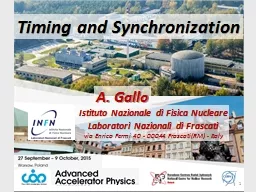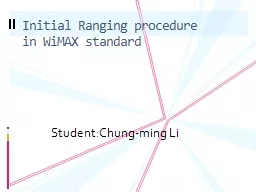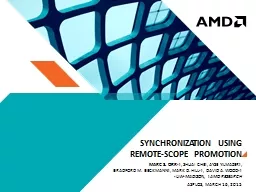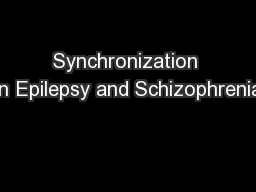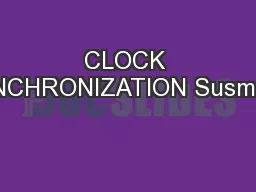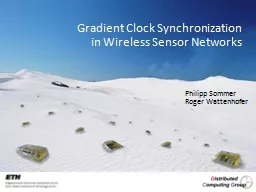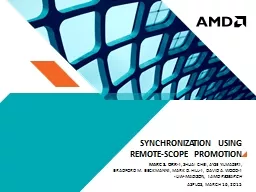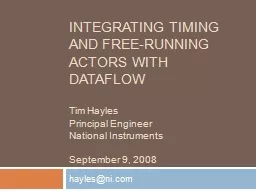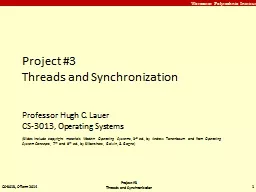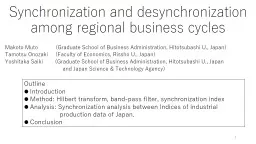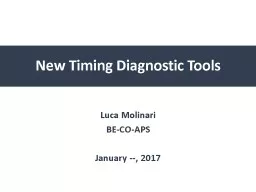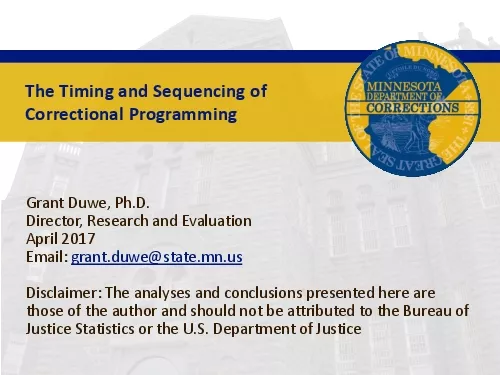PPT-1 Timing and Synchronization
Author : reportcetic | Published Date : 2020-07-03
A Gallo Istituto Nazionale di Fisica Nucleare Laboratori Nazionali di Frascati via Enrico Fermi 40 00044 FrascatiRM Italy Lecture Outline 2 MOTIVATIONS Why accelerators
Presentation Embed Code
Download Presentation
Download Presentation The PPT/PDF document "1 Timing and Synchronization" is the property of its rightful owner. Permission is granted to download and print the materials on this website for personal, non-commercial use only, and to display it on your personal computer provided you do not modify the materials and that you retain all copyright notices contained in the materials. By downloading content from our website, you accept the terms of this agreement.
1 Timing and Synchronization: Transcript
Download Rules Of Document
"1 Timing and Synchronization"The content belongs to its owner. You may download and print it for personal use, without modification, and keep all copyright notices. By downloading, you agree to these terms.
Related Documents

